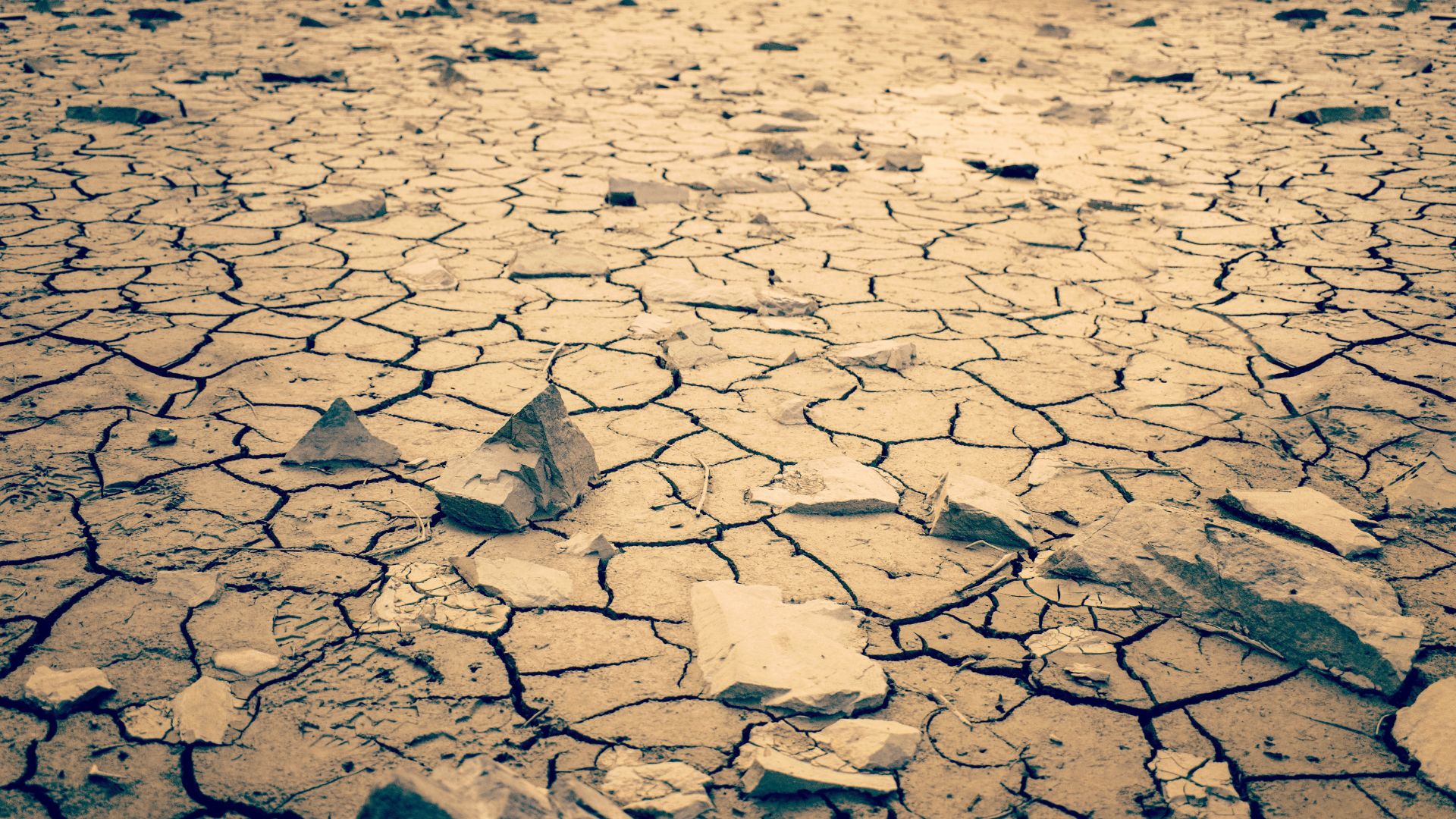In the past year, climate change has caused an average of 26 extra days of extreme heat around the world. In some areas of the planet, this average is as much as 120 days of high temperatures.
This new data comes as scientists continue to track how the temperature is rising and changing around the world.
Experiencing High Temperatures

For the past few years, analysts have wondered exactly how climate change and global warming may impact regular people.
Many people thought that this issue wouldn’t appear in their lifetimes. However, new analysis conducted by worldwide scientists has revealed that climate change is already affecting people in a very major way.
More Days With Extreme Heat in a Year

According to these researchers, the world on average saw at least 26 more days of abnormally high temperatures than what is considered normal.
This new report was conducted as a collaboration between many groups, including Climate Central, World Weather Attribution, and the Red Cross Red Crescent Climate Centre.
Looking at Normal Averages

To truly understand if temperatures had increased in a massive way this past year, researchers took a look at data from between 1991 and 2020.
Taking this data from years ago, researchers then looked at daily temperatures seen since past May. Scientists only considered noteworthy days when temperatures could be deemed abnormally high. This only occurred if temperatures rose above 90% of what was recorded in past years.
The Hottest Year Ever Recorded

The last year has been considered to be the hottest year ever recorded. Scientists have also even found that this past summer may have been the hottest summer seen in 2,000 years!
So, it shouldn’t be too much of a surprise to learn that these past 12 months have resulted in an additional 26 days of extreme heat that normally hasn’t been experienced in years past.
Different Experiences in Different Areas

On average, most people experienced at least 26 days of abnormally high temperatures in the past 12 months. However, different regions have seen varying degrees of this extremity.
Regardless, this new report has explained that almost 80% of all people on the planet have experienced at least 31 days of unusually extreme heat.
The Most Extreme Experiences

Unfortunately, areas such as Rwanda, Colombia, and Indonesia have experienced the most extreme temperatures — and for the longest time.
This study has revealed that people in these areas saw up to 120 days of abnormally high temperatures in just the last year alone.
What Americans Experienced

Americans, meanwhile, also saw incredibly high temperatures throughout the last 12 months. This study has shown that the average American saw at least 39 days of extreme heat that wasn’t normal.
Some states may have been severely affected by these high temperatures, simply because their ecosystem isn’t used to it. For example, areas such as Oregon and Washington haven’t experienced extreme temperatures for such a long period of time in past years.
Understanding High Heat

Climate has always changed throughout the years and decades, as any scientist would be able to tell you. However, this report sheds light on how these extreme temperatures have been exacerbated because of global warming.
Scientists used mathematical modeling of the average global climate and what it should be — without this warming seen because of human activities, such as burning fossil fuels.
Extreme Temperatures Thanks to Global Warming

These scientists discovered that these abnormally high temperatures would have been fewer by far if global warming hadn’t become an issue.
Instead, these researchers have stated that some human actions have caused this huge increase in climate change seen around the world.
Affecting People and Nature

Andrew Pershing, one of the researchers a part of this analysis, as well as the vice president for science at Climate Central, discussed how these extremely high temperatures being experienced have impacted both people and nature.
“That’s a lot of toll that we’ve imposed on people,” Pershing said before adding, “It’s a lot of toll that we’ve imposed on nature.”
Ongoing Issues

Climate change and extreme heat will only continue to cause ongoing issues, according to these researchers.
Already, NOAA has declared that this upcoming hurricane season will likely be incredibly active and strong in record-breaking ways. This may be happening in part because ocean waters have become too warm.








































